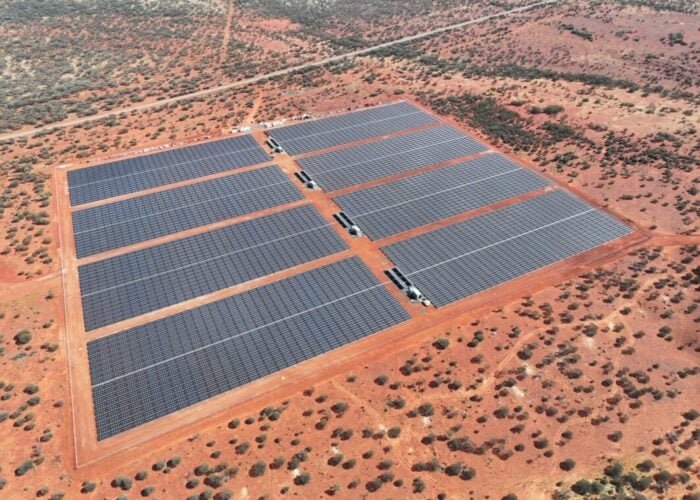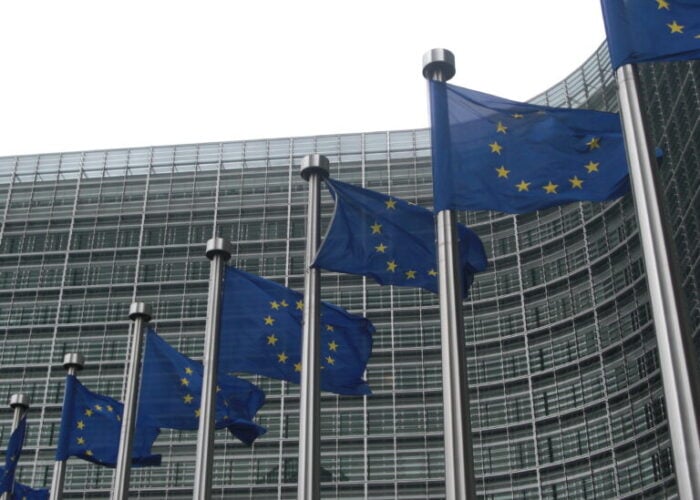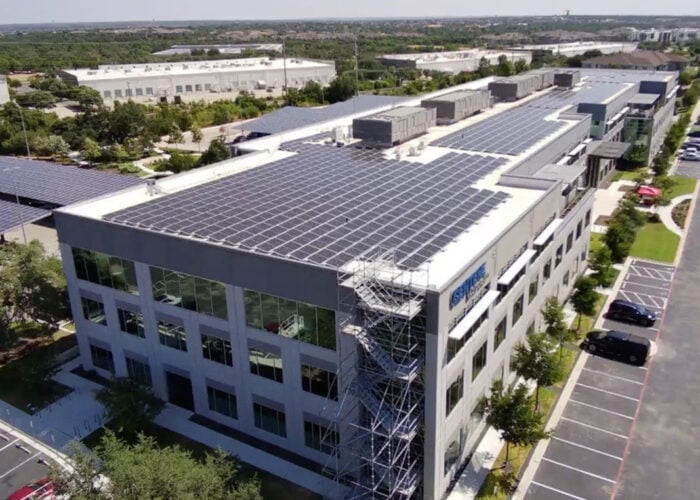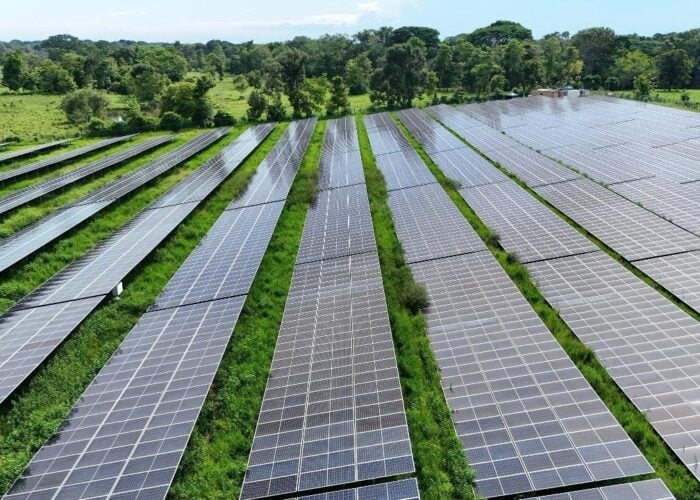The Beijing Municipal Government is collaborating with IBM by deploying its ‘HyRef’ (Hybrid Renewable Energy Forecasting) technology to tackle air pollution, energy optimisation for local industries and better renewable energy forecasting.
Initiated by IBM's China Research laboratory, under the ‘Green Horizon’ project, all of IBM’s 12 global research labs will be involved, while partnering in China with government, academia and industries in a programme that is expected to last at least 10 years.
Try Premium for just $1
- Full premium access for the first month at only $1
- Converts to an annual rate after 30 days unless cancelled
- Cancel anytime during the trial period
Premium Benefits
- Expert industry analysis and interviews
- Digital access to PV Tech Power journal
- Exclusive event discounts
Or get the full Premium subscription right away
Or continue reading this article for free
China has been facing a growing pollution problem due to significant economic growth over the last two decades and has started to tackle the problem with a range of policies that include the major adoption of renewable energy, especially under its latest distributed energy goals in highly populated urban regions in the eastern part of the country.
“China has made great achievements and contributed much to the world's economic growth over the past 30 years. It now has an opportunity to lead the world in sustainable energy and environmental management,” said D.C. Chien, chairman and CEO of IBM Greater China Group. “While other nations waited until their economies were fully developed before taking comprehensive action to address environmental issues, China can leverage IBM's most advanced information technologies to help transform its energy infrastructures in parallel with its growth.”
IBM officially launched its HyRef technology platform for renewable energy forecasting a year ago, employing its ‘Deep Thunder’ computational super computers for high-resolution, micro-weather forecasts for a given region. Ultimately, utilities and industries would be able to handle greater levels renewable energy into grids, reducing dependence on fossil fuel sources and the major cause of air pollution.
IBM noted that the city of Beijing was investing over US$160 billion in air quality improvements with the aim of reducing fine Particulate Matter (PM 2.5) by 25% by 2017.
As part of that programme, IBM is partnering with the Beijing Municipal Government on a system that is expected to pinpoint the type, source and level of emissions in the city, and predict air quality issues 72 hours in advance with street-scale resolution.
The Chinese government is also targeting 13% of consumed energy to be provided by non-fossil fuel sources by 2017, requiring new renewable energy grids.
According to IBM, The HyRef technology has already been deployed on 30 wind, solar and hydro power sources, with the largest so far being for the Zhangbei Demonstration Project (wind turbines) managed by State Grid Jibei Electricity Power Company Limited (SG-JBEPC) in the northern province of Hebei.
IBM noted that SG-JBEPC had been able to integrate 10% more alternative energy into the national grid as a result due to prediction accuracies of 90% proven on Zhangbei's wind turbines and claimed to have been the most accurate in the world to date.






